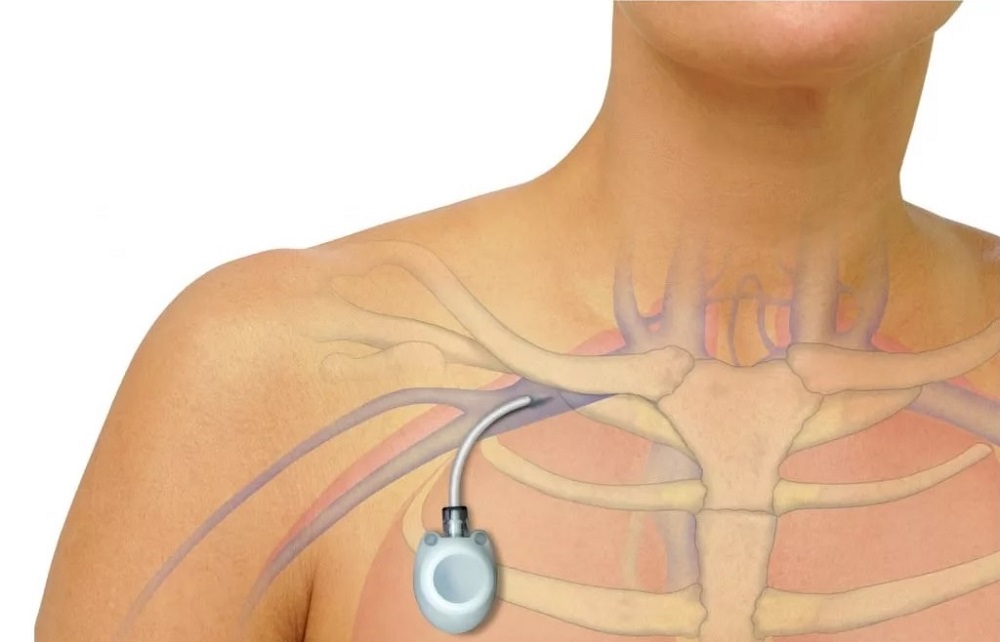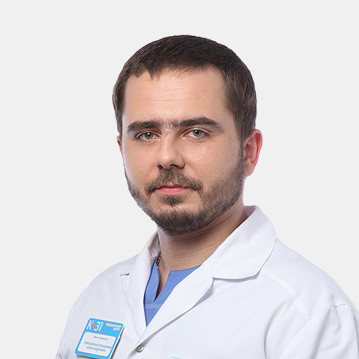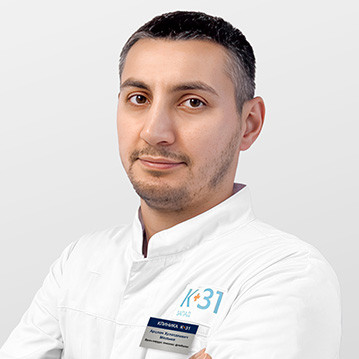How the system works
The design consists of two parts:
- Small titanium camera (diameter of which does not exceed 4-4.5 cm, and height 1 cm) in a plastic case or epoxy resin.
- Silicone or polyurethane catheter.
During implantation, a camera is placed under the skin and a catheter is inserted into a blood vessel. The chamber is specially covered with a silicone membrane. She is pierced with a special Huber needle to inject the medicine. An infusion system is connected to the same chamber and with its help a medicinal solution can be injected.
Port system capabilities
- Blood sampling.
- No damage to the skin.
- Accurate administration of medications.
- Reduced discomfort.
Types of port systems
At the moment, there are several types of port systems. Firstly, they all differ in the dimensions of the chamber, the length of the catheter, and the materials used in production. Secondly, they differ in access to various body systems.
- Venous access port system
The most common system, as it is versatile.
- Arterial port
Implanted in the chest area, the catheter is placed in the arterial bloodstream. It is necessary for the introduction of drugs into the artery. It is used much less often.
- Epidural access system
Recommended for the administration of strong pain relievers. The camera is located in front of the chest, and a tube is led into the lumbar spine.
- Peritoneal port
The port catheter then has many small holes.
The following functions are performed:
- The introduction of chemotherapy drugs into the abdominal cavity is facilitated.
- Simplifies the procedure for removing fluid from the abdomen.
It is used by patients who have been diagnosed with ovarian cancer, peritoneal metastases, cancer with ascites.
- Chemotherapy pleural port
A mini surgery is needed to remove the malignant effusion. In its process, it is necessary to use such a port system.
Port system implantation
Before implantation, the necessary tests are taken, the patient is examined by a doctor to make sure there are no contraindications. It is concluded where the catheter should be implanted. Immediately before installation, adults are injected with a drug for local anesthesia (general anesthesia is recommended for children). After the anesthesia starts, an incision is made in the skin so that a subcutaneous pocket for the port system can be formed. The system is placed in a subcutaneous pocket and connected to a catheter. The tube is placed in a vein, after which sutures are applied to the skin, followed by a bandage or plaster. The operation takes only 20-60 minutes. After checking the operability of the structure and the patient's condition, he can return home.
Sign up
Household use and disposal
For the first 4-6 weeks, one should not strain physically, it is necessary to follow all the doctor's recommendations, sometimes drink painkillers, change the dressings.
Turnstiles and scanners usually do not react in any way to such a design if it does not contain titanium. But it is better to always have the documentation about the device with you.
The drug is administered in the clinic. The catheter is also cleaned in the same place every 4 weeks.
You should consult a doctor if:
- The burning sensation increases in the place of the camera.
- Swelling, blue discoloration, hematomas are noted.
- The injection became painful.
- The body temperature rises, the state of health worsens.
- Pains are felt in the chest area in the first days of installation.
Removal of the port system is carried out depending on the patient's condition.
Minor surgery to remove the port system is performed on an outpatient basis using local anesthesia. After removing the structure, the recommendations are similar to those that were obtained during its installation - monitoring the state of the body and tissues, minimal physical activity.







































